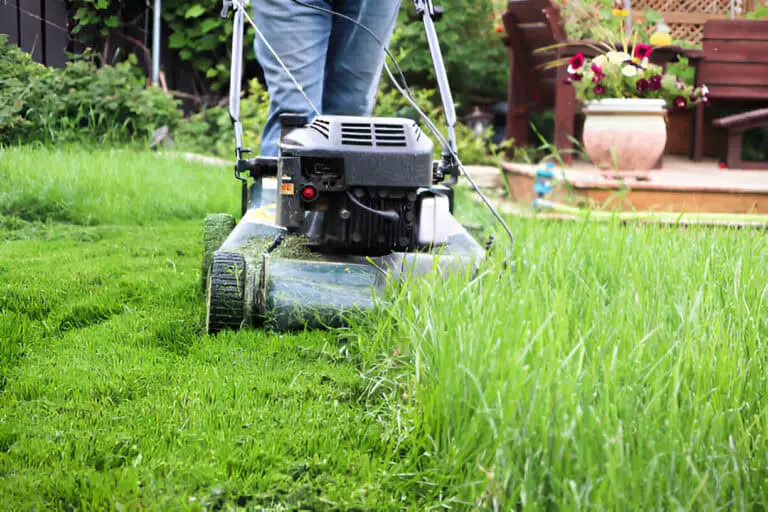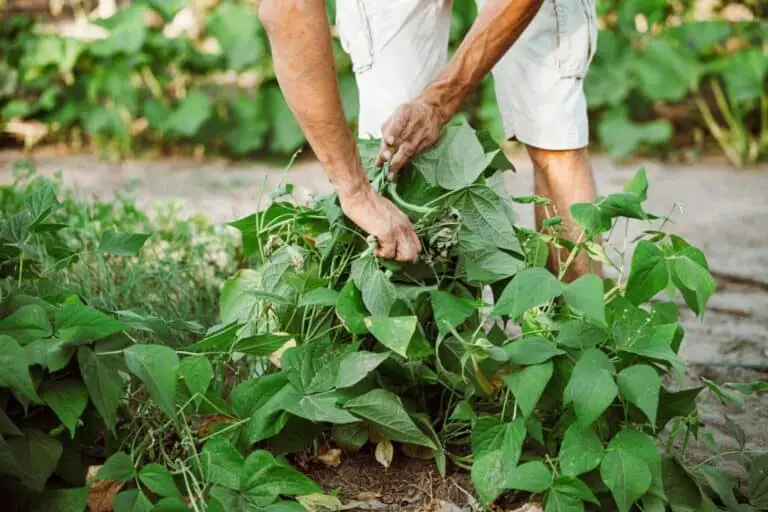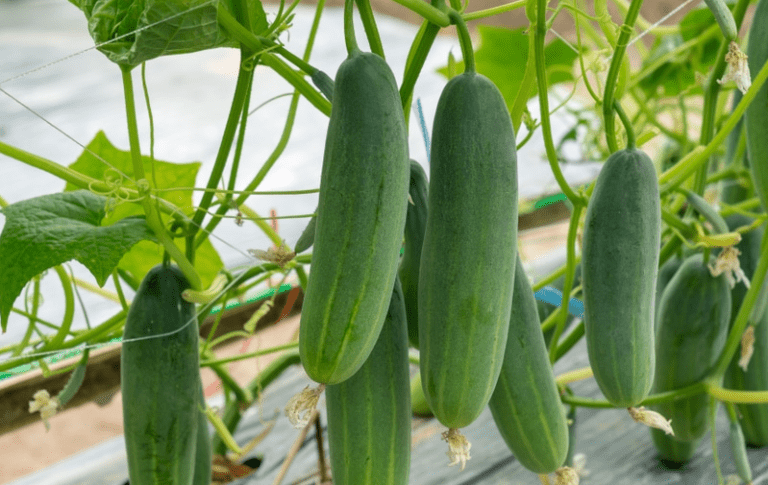How Much Topsoil Is Required to Grow Grass? (Maximizing Lawn Health)
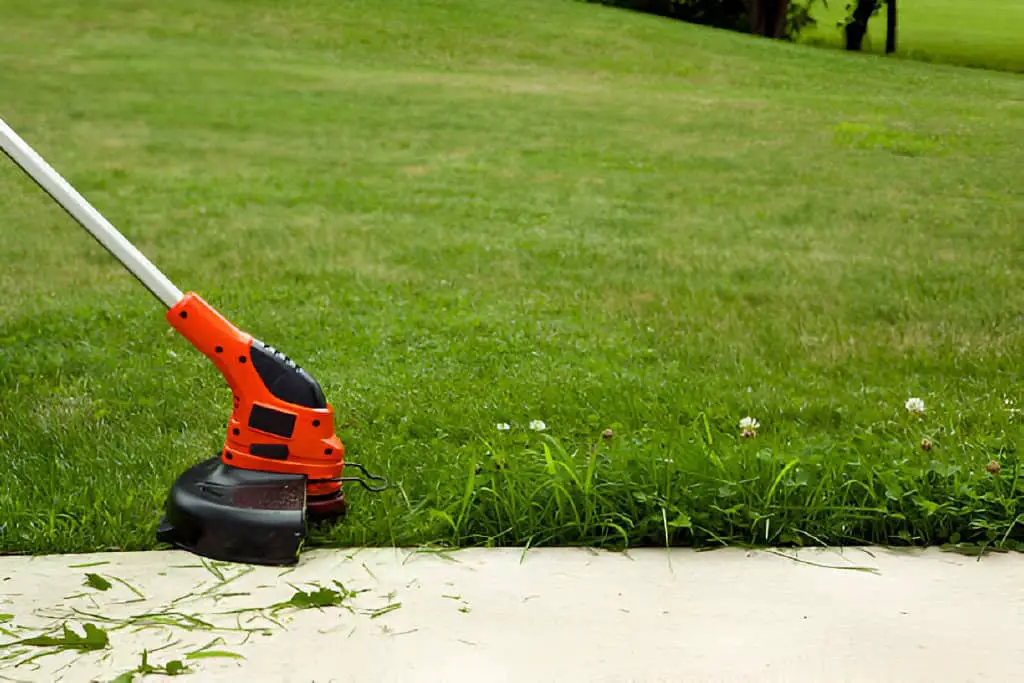
Growing a lush, green lawn requires careful planning and preparation, and one of the most crucial elements is the topsoil. Knowing the right amount of topsoil for grass is key. It can mean the difference between a lush lawn and a patchy one.
This guide will help you find the right amount of topsoil for a healthy, vibrant lawn.
Understanding Topsoil
What is Topsoil?
Topsoil is the uppermost layer of soil, rich in organic matter and nutrients essential for plant growth. It helps roots grow, retains moisture, and creates a stable environment for grass seeds to germinate and grow.
Importance of Topsoil
- Nutrient-Rich: Contains essential nutrients needed for healthy grass growth.
- Good Drainage: Ensures water doesn’t pool on the surface, preventing root rot.
- Improves Soil Structure: Enhances the soil’s ability to retain water and nutrients.
- Encourages Root Development: Provides a hospitable environment for roots to establish and expand.
Factors Influencing Topsoil Requirements
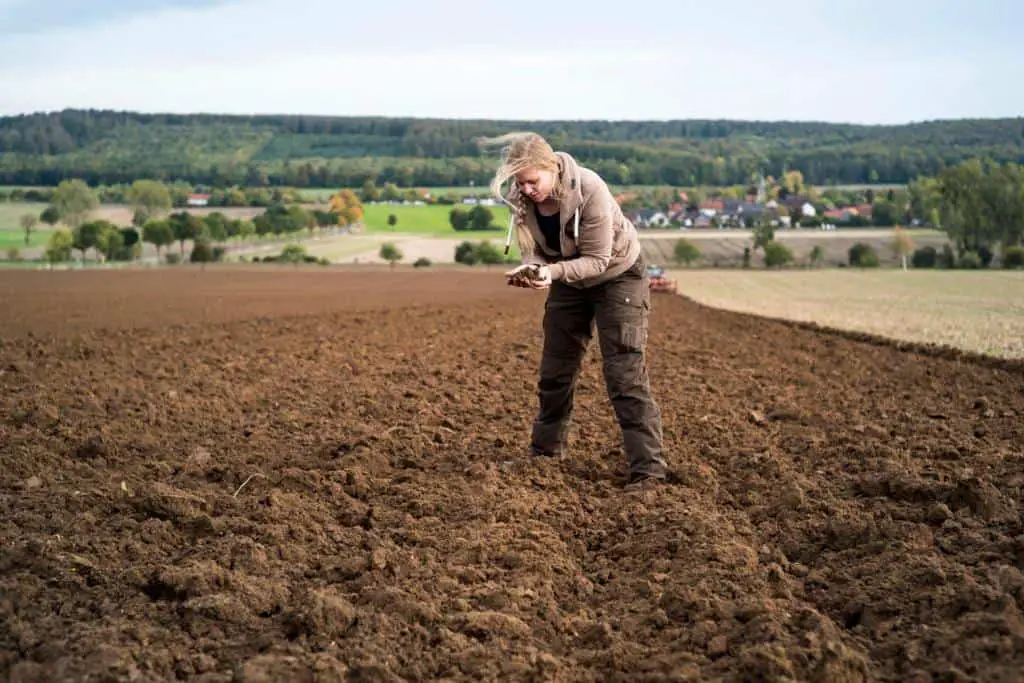
Grass Type
Different grass types have varying needs for topsoil. Cool-season grasses (like fescue and bluegrass) and warm-season grasses (like Bermuda and Zoysia) may need different topsoil depths for best growth.
Soil Condition
The current condition of your soil influences how much topsoil you’ll need. Poor, compacted, or sandy soils will require more topsoil compared to already fertile soils.
Lawn Purpose
The intended use of the lawn (e.g., heavy foot traffic areas vs. ornamental lawns) also affects the amount of topsoil needed. High-traffic areas might need a deeper topsoil layer to support robust root systems.
Determining the Right Amount of Topsoil
Recommended Depth
The general rule of thumb for topsoil depth is:
- New Lawns: 4-6 inches
- Overseeding Existing Lawns: 2-3 inches
Calculating Topsoil Volume
To calculate the amount of topsoil needed, you can use the following formula:
Topsoil Volume=Area×Depth\text{Topsoil Volume} = \text{Area} \times \text{Depth}Topsoil Volume=Area×Depth
Where:
- Area is the total square footage of the lawn.
- Depth is the recommended depth of topsoil in feet.
Example Calculation
For a new lawn with an area of 1,000 square feet and a required topsoil depth of 6 inches (0.5 feet):
Topsoil Volume=1,000 sq ft×0.5 ft=500 cubic feet\text{Topsoil Volume} = 1,000 \, \text{sq ft} \times 0.5 \, \text{ft} = 500 \, \text{cubic feet}Topsoil Volume=1,000sq ft×0.5ft=500cubic feet
Since topsoil is often sold by the cubic yard, convert cubic feet to cubic yards:
Cubic Yards=Cubic Feet27=50027≈18.5 cubic yards\text{Cubic Yards} = \frac{\text{Cubic Feet}}{27} = \frac{500}{27} \approx 18.5 \, \text{cubic yards}Cubic Yards=27Cubic Feet=27500≈18.5cubic yards
Table: Topsoil Requirements for Various Lawn Sizes
| Lawn Size (sq ft) | Topsoil Depth (in) | Topsoil Volume (cubic yards) |
| 500 | 4 | 6.2 |
| 500 | 6 | 9.3 |
| 1,000 | 4 | 12.4 |
| 1,000 | 6 | 18.5 |
| 2,000 | 4 | 24.7 |
| 2,000 | 6 | 37.0 |
Preparing the Lawn Area
Soil Testing
Before adding topsoil, test your existing soil to determine its pH and nutrient levels. This helps in making necessary adjustments and amendments.
Soil Amendment
Based on the soil test results, you might need to add lime to adjust pH or organic matter to improve soil fertility. Incorporate these amendments into the topsoil before spreading them.
Removing Debris
Clear the area of rocks, roots, and other debris. This creates a smooth, even surface for the topsoil and ensures proper grass seed contact.
Spreading Topsoil
Step-by-Step Guide
- Mark the Area: Use stakes and string to outline the lawn area.
- Calculate Topsoil: Determine the amount of topsoil needed using the previous calculations.
- Spread Topsoil: Distribute the topsoil evenly across the lawn area using a wheelbarrow and rake.
- Level the Soil: Use a lawn roller or a heavy board to lightly smooth and compact the soil lightly.
- Water the Soil: Lightly water the soil to help it settle and eliminate air pockets.
Tips for Even Application
- Use a rake to spread the topsoil evenly, paying attention to low spots.
- Apply topsoil in layers, compacting each layer lightly before adding more.
- Ensure the topsoil is level with adjacent surfaces like driveways and sidewalks.
Planting Grass
Choosing Grass Seed
Select a grass seed variety suited to your climate and intended lawn use. Consider factors like sunlight, shade tolerance, and maintenance requirements.
Sowing Grass Seed
- Broadcasting: Evenly distribute grass seed using a broadcast spreader.
- Seeding Rate: Follow the recommended seeding rate on the grass seed package.
Covering Seed
- Lightly rake the soil to cover the seeds with a thin layer of topsoil.
- Use a lawn roller to press the seeds into the soil, ensuring good seed-to-soil contact.
Initial Watering
- Water the lawn gently but thoroughly immediately after seeding.
- Keep the soil consistently moist until the grass seedlings establish, typically for the first 2-3 weeks.
Maintaining Your New Lawn
Watering
- Frequency: Water the lawn daily in the early morning until the grass is established.
- Depth: Aim for about 1 inch of water per week, including rainfall.
Fertilizing
- Apply a balanced, slow-release fertilizer about 4-6 weeks after planting.
- Follow the recommended application rates to avoid over-fertilization.
Mowing
- Begin mowing when the grass reaches about 3 inches in height.
- Set the mower blade to the highest setting for the first few mowings to encourage deep root growth.
Weed Control
- Monitor for weeds and remove them manually or use a selective herbicide.
- Avoid using weed killers until the grass is well-established.
Summary Table: Key Steps for Growing Grass
| Step | Action |
| Soil Testing | Test pH and nutrient levels |
| Soil Amendment | Adjust pH, add organic matter |
| Removing Debris | Clear rocks, roots, and debris |
| Spreading Soil | Distribute and level topsoil |
| Planting Grass | Sow seeds, cover, and water |
| Initial Care | Water daily, fertilize, and mow |
Conclusion
Growing a healthy, lush lawn starts with an understanding of how much topsoil is needed. You can make an ideal environment for grass to thrive. To do this, prepare your soil. Then, calculate the right amount of topsoil. Finally, follow best practices for spreading and planting.
With patience and care, your lawn will become a beautiful, green space that enhances your outdoor living area. Whether you’re starting from scratch or overseeing an existing lawn, the right topsoil is the foundation of your success.

